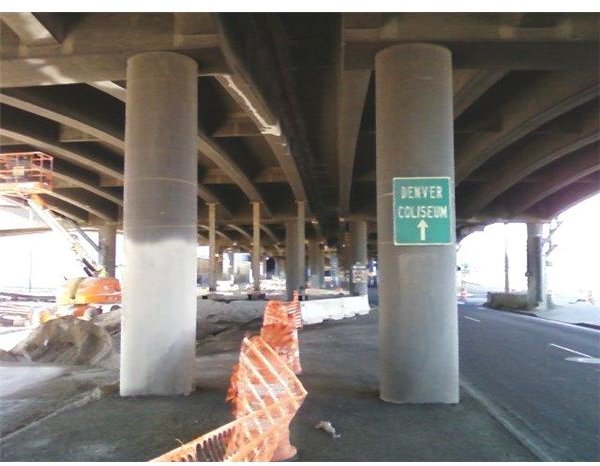Wireless Bridge Monitoring & the Internet of Things
Bridges form an essential part of any road or rail network and are therefore a very important asset that needs to be looked after. Bridge collapses happen suddenly and without warning, and the consequences can be tragic. This has led to the necessity of constantly monitoring the health of bridges.
The Need for Monitoring Bridges
Manual inspection of bridges costs a lot of money and manpower and the need for devices to measure the health of structures was felt. Accelerometers, strain gauges, and other devices were devised to be placed on bridges to constantly monitor structural soundness and give warnings of impending disasters. The latest devices use ultrasound or eddy currents and each bridge needs to have specific monitoring devices based on the materials used for its construction. Bridges that carry heavier loads and bridges that carry engines and other devices that can transmit a lot of vibrations that need to be monitored differently from conventional road bridges. There are also bridges that can carry pipelines with gas or liquids, though the constant load on these bridges may present fewer problems. Bridges can grow old, and the materials used in them can deteriorate, which can further lead to different techniques required to monitor their health.
Image Source: Wikipedia: Bridge repair
It is necessary that all the weak points in a bridge, especially the columns, have sensors in them that can constantly assess the condition of the various members. Installing such sensors during the construction stages are the cheapest means of monitoring. Sensors installed after construction may be more difficult to install and may never be at points that are really critical. Once these sensors are installed they need constant monitoring and comparisons with previous readings. The distances involved in highways and other places where such bridges are located make effective monitoring dependent on visits, which the distances involved themselves make difficult. It has been found to be necessary to record local weather and pollution conditions for each bridge site as this can have an effect on the bridges.
Wireless Bridge Monitoring and the Internet of Things
Technology has now come into play and engineers have found ways of linking all the sensors on a bridge to a common recording device. This is then linked to a centralized monitoring station which receives all the data from the sensors through the internet. The “Internet of Things” (IoT) is a concept of the future of the internet that will occur when every item, including wireless bridge monitors, have a web connection.
However, a problem for these connected recording and transmitting devices is the power that is required. The use of batteries means constant maintenance of a different kind. Here again technology has come into the picture to use solar power to energize the batteries. Scientists have even developed devices that can use the vibrations on the bridge caused by traffic to power the sensors and the recording devices.
The increasing use of wide area networking (WAN) has enabled sensors to be linked to a centralized data collection which allow efficient monitoring of the bridges where such sensors are provided. Sensors on each bridge are first each linked to a point where the data is collected. This linking may again be wired or wireless, though the wired ones call for additional maintenance work on the cables doing the linking. Low power wireless and data collection capabilities are being developed that can use battery or other local power sources and can function for years. From the central data collection unit the data on the sensors are then sent to the monitoring agency over the internet.
Another major advantage of such centralized collection of data has been that the data has enabled engineers to have a database from various bridges that can be further analyzed. It has enabled them to set standards for performance that are then fed into the database, which then automatically sets off signals when stress levels detected in a bridge are over the acceptable standard. This activates maintenance teams to attend to the bridge that is under stress and carry out any repairs or modifications. It has also enabled maintenance engineers to predict events and launch preventive maintenance procedures which prove much cheaper in the longer run. Data gathered from such wireless bridge monitoring has also helped to set up baselines for future bridge designs where safety is a concern. This can greatly increase the confidence of the using public while they traverse the myriad bridges that they come across on their travels across the country.
